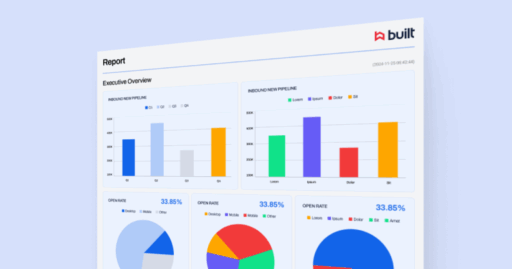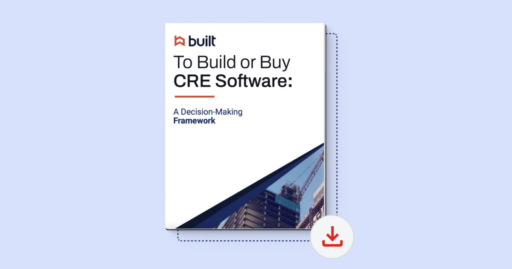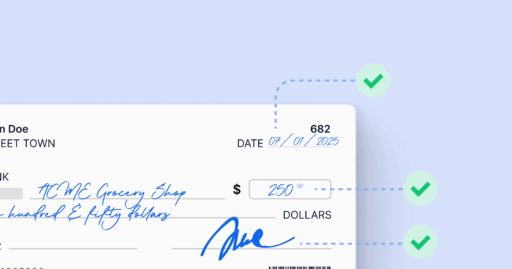What Contractors Can Learn from Job Cost Reports

Job cost reports are a great financial tool for construction companies that want to know whether their projects are on budget. They can also help with insights into production efficiencies, be used to discover missing change orders, provide data to inform future estimates, and they can affect the company’s bottom line. Most job cost reports provide an analysis of a project’s estimated costs, actual costs, and projected income and are created on a regular basis to track project progress.
See problems early in the project
If you aren’t tracking your job costs and projecting costs into the future, cost overruns won’t become evident until you get to the end. At that time, there isn’t much that can be done – the costs are what they are.
However, if you are looking at your actual costs and projected costs on a regular basis, at least monthly (depending on the duration of the project), you can see budget problems well before the end of the project. With this knowledge you still have an opportunity to make changes that can save you money.
For example, let’s say that your drywall subcontractor has a contract for $100,000 to complete the framing and drywall for a large office remodel project. To date, the sub has billed you $50,000. You also have a purchase order that you still have to issue for some ceiling elements for $20,000. If your budget for framing, drywall, and ceilings is $120,000, you know you are on target to meet your budget at this moment in time.
| Estimated Costs | Actual Costs to Date | Remaining Costs | Total Costs | Difference |
| $120,000 | $50,000 | $70,000 | $120,000 | $0 |
On the other hand, if the drywall subcontractor has billed you $60,000, but is only 50% complete, you can already determine that you will be over budget on this cost line item.
| Estimated Costs | Actual Costs to Date | Remaining Costs | Total Costs | Difference |
| $120,000 | $60,000 | $70,000 | $130,000 | ($10,000) |
Being able to project your costs to complete on the line items in your budget is the key to keeping your project on budget from the beginning.
Use estimating errors as lessons for future projects
An estimate is really a guess at what the costs will be for a certain scope of work. It is usually an educated guess based on the prior experience of the contractor. Past experience on similar projects is valuable in coming up with an estimate. Errors in estimating the actual cost of work can be valuable lessons that can be used in future projects to create more accurate cost estimates.
In the example above, where the drywall scope of work was over budget by $10,000, let’s say the overage is due to issues encountered when framing around the ceiling elements. Using this information, you can look back at this estimate and know to add an additional $10,000 for framing issues the next time you come across the ceiling elements in a design.
As you gain more experience estimating projects and looking at costs on past projects, your estimates will become more accurate. You can even learn from projects in progress if you are analyzing the cost to complete as the project progresses.
Job cost reports can be used to analyze efficiency
If your scope of work is labor-intensive, one of the highest cost burdens is labor. Inefficiency can easily cost your company money and lower your profits. Tracking labor costs and labor hours are especially important when analyzing your project efficiency. Job cost reports can quickly show you where the problems are, if you use them to track labor hours as well as costs.
Looking at a report like that shown below quickly shows what phases are lagging behind in production. When these issues come to light, seek input from the field crew as to what struggles they are having with the work. Addressing these problems early will give you time to recoup your losses.
| Scope | Estimated Hours | Estimated Costs | Actual Hours | Actual Costs | Diff. Hours | Diff. Costs |
| Masonry | 100 | $5,000 | 110 | $5,500 | (10) | ($500) |
| Stone | 50 | $2,500 | 45 | $2,250 | 5 | $250 |
Discover missing change orders
Change orders happen throughout a project and they affect not only the income on the project but also the estimated costs. It is important to make sure that approved change orders are entered into the project management or accounting system as soon as they are approved.
If you wait until the very end of a project to seek approval for your changes, you will never have an accurate picture of where you’re at in relation to your costs. Leaving change orders to the end can also have a negative effect on your income during the project (see the next section).
Job cost reports affect the bottom line
If your company is using work-in-progress (WIP) to calculate your income, then analyzing your job cost reports becomes even more important. WIP income recognition looks at the percentage of the project that is complete when looking at the costs for the project. It compares the actual costs incurred to date with the estimated costs for the project. This percentage determines the amount of income that can be recognized for the project. If the billings to the customer are over or under this amount, the contractor’s income is adjusted accordingly.
This is a hard concept to explain and is easier seen in an example. Let’s say a contractor has a $200,000 contract for a project, with estimated costs of $150,000. The contractor has billed the owner for $125,000 in completed work. If only $75,000 in costs have been incurred, the project is 50% complete ($75,000 / $150,000). Since the project is 50% complete, the recognized income is $100,000 ($200,000 x 50%). WIP calculations show that the project is over-billed by $25,000 ($125,000 – $100,000). An adjustment must be entered to lower the company’s overall income for the period by $25,000.
When these calculations are being run throughout a project, it is important that the estimated costs are updated and revised as the project progresses. If job conditions change and additional work is necessary, the estimated costs need to be adjusted so the percentage complete calculation isn’t inflated.
Conclusion
When reviewing job cost reports, don’t just look at the bottom line to determine if the project is over or under budget. Adding in the projected cost to complete for each scope of work will help you keep tabs on project profitability over the course of the project, not just at the end. Analyzing job cost reports will also help you spot labor inefficiencies, missing change orders, and mistakes that can be used to create more accurate estimates for future projects. Accurate estimates affect the bottom line of the company if you are using work-in-progress income recognition, so these lessons will all lead to higher profits.






